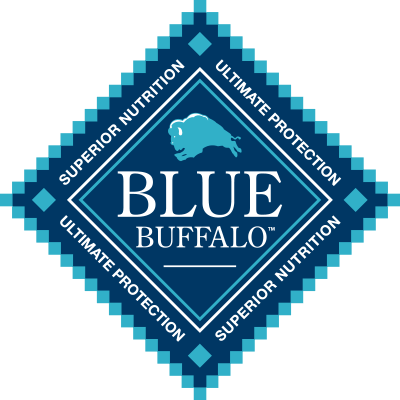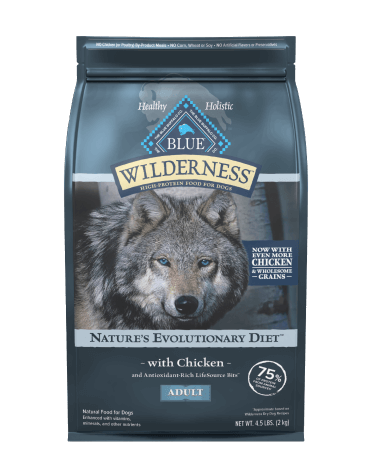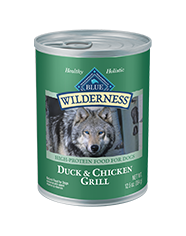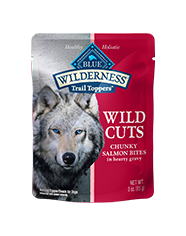Why Protein Matters for Dogs
Your buddy can’t produce essential amino acids on their own, so they rely on high-protein foods to get them. These amino acids help repair cells, maintain healthy muscle, support the immune system, and regulate energy levels. The right amount, from the right source, can make a noticeable difference in how your pup looks, feels, and moves.
How Much Protein Do Dogs Need?
While many dog foods may meet the minimum requirements, your pal’s needs depend on their age, activity level, and overall health. A general guideline for a healthy adult dog is about one gram of protein per pound of ideal body weight per day.
Strength That Comes from Within
Protein helps maintain lean muscle — an essential part of keeping your pup active and strong. For dogs who need to shed a few pounds, higher-protein diets can help burn fat without losing muscle, supporting mobility and long-term health. Because protein also helps dogs feel fuller for longer, it may reduce begging and overeating between meals.
If your dog is always on the go, a high-protein diet balanced with the right complex carbs will give them the fuel they need to stay energized throughout their busy day.
Protein and Digestive Health
Protein does more than fuel muscles — it supports digestion, too. A diet rich in high-quality, easy-to-digest protein can promote a healthy gut microbiome, which impacts everything from nutrient absorption to metabolism.
Poor-quality protein sources, on the other hand, can lead to discomfort and negatively impact your buddy’s well-being. That’s why it’s important to choose a recipe made with natural, high-quality ingredients.
Best Sources of Protein for Dogs
Not all high-protein foods are the same. Look for clearly named animal proteins — like chicken, beef, or salmon — instead of the vague term “by-product meal.” Animal-based proteins generally offer a more complete amino acid profile and are often easier for dogs to absorb.
Look for foods like BLUE Wilderness that combine high-quality meats with other essential nutrients like complex carbohydrates from healthy fruits and veggies. A diet rich in meats and complex carbs gives your dog a complete and balanced meal that supports their whole body.
How to Transition to High-Protein Dog Food
Whenever you switch your dog’s diet, especially to one with higher protein, it’s important to do it gradually so their digestive system has time to adjust.
Start by mixing 25% of the new high-protein formula with 75% of their current food. Then, slowly increase the ratio over several days until you’ve fully transitioned to the new food. Most dogs adapt well over the course of one to two weeks, depending on whether you’re them feeding dry or wet food.
Keep an eye on stool consistency, appetite, and energy levels throughout the process. If you notice ongoing diarrhea, vomiting, or a reluctance to eat, it’s a good idea to pause the transition — or revert to more of the old food — and seek advice from your veterinarian.
The Bottom Line
From supporting strong muscles to aiding digestion and immunity, protein is a cornerstone of your dog’s health. When it comes from high-quality sources and is fed in the right amount for their age, size, and activity, it can help your best friend stay strong, happy, and ready for every adventure.




